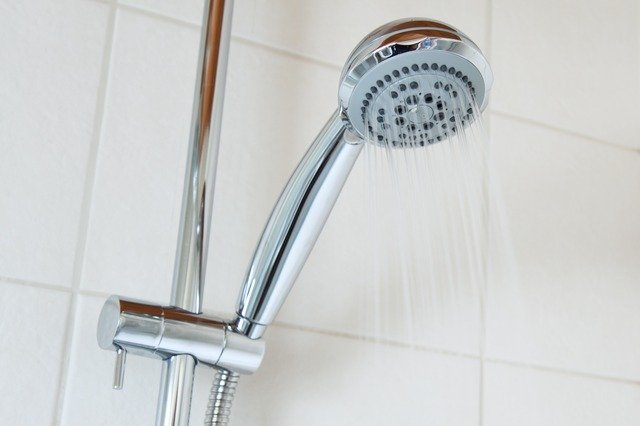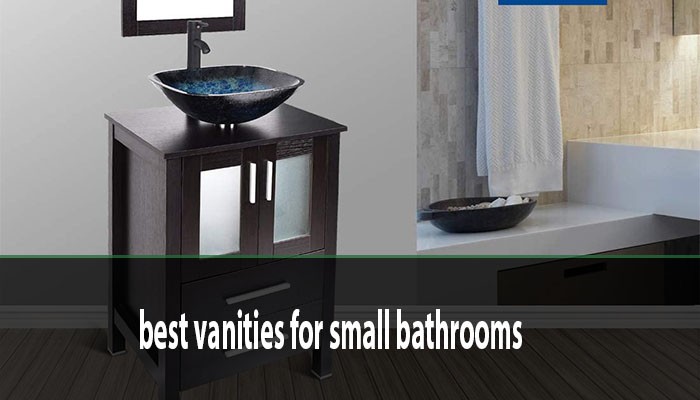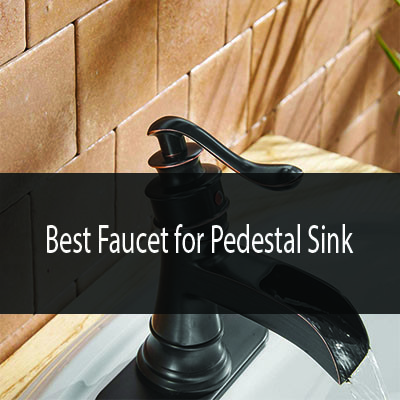Finding the perfect indoor cat can be a delightful yet challenging task, especially if you live in an apartment. With limited space, it’s essential to choose a breed that not only fits your lifestyle but also thrives in a smaller environment. In this article, I’ll share my insights, experiences, and research on the best indoor cats, focusing on breeds that are well-suited for apartment living. Whether you’re a first-time cat owner or looking to add another furry friend to your home, this guide will help you make an informed choice.
When considering an indoor cat, it’s crucial to think about their temperament, energy level, and overall health. Some breeds adapt better to confined spaces than others, making them ideal companions for apartment dwellers. I’ve spent years researching and interacting with various cat breeds, and I’m excited to share my knowledge with you. Let’s explore the top breeds that make excellent indoor cats.
Table of Contents
Why Choose an Indoor Cat?
Before we dive into the specific breeds, let’s discuss why choosing an indoor cat can be beneficial. Indoor cats tend to live longer and healthier lives compared to their outdoor counterparts. They are less exposed to dangers such as traffic, predators, and diseases. Additionally, indoor cats can be easier to care for, as they require less supervision and can be litter trained.
Moreover, living in an apartment can pose challenges for outdoor access. By choosing an indoor cat, you can create a safe and loving environment for your pet while enjoying the companionship they bring.
Top Breeds for Apartment Living
1. Ragdoll
Ragdolls are known for their gentle and affectionate nature. These cats are large, fluffy, and have striking blue eyes that capture the hearts of many. They are incredibly sociable and tend to follow their owners around the house, making them great companions.
Key Features:
- Long, soft fur
- Large size
- Affectionate personality
Pros:
- Great with children and other pets
- Easygoing temperament
- Low activity level, perfect for small spaces
Cons:
- Requires regular grooming
- Can be prone to certain health issues
Ideal Users:
Ragdolls are perfect for families or individuals seeking a loving and friendly cat that enjoys spending time with its owner.
2. British Shorthair
The British Shorthair is a robust breed known for its round face and dense coat. They are calm, easygoing, and make excellent indoor companions. This breed is relatively low-maintenance and adapts well to apartment living.
Key Features:
- Stocky build
- Short, plush coat
- Friendly disposition
Pros:
- Low grooming needs
- Good with children and other pets
- Generally healthy breed
Cons:
- Can be aloof at times
- May require some playtime to stay active
Ideal Users:
British Shorthairs are ideal for busy individuals or families who want a low-maintenance yet affectionate pet.
3. Persian
Persians are one of the most popular indoor cat breeds due to their luxurious coat and sweet personality. They are known for being calm and loving, making them perfect lap cats. Their laid-back nature makes them suitable for apartment living.
Key Features:
- Long, flowing fur
- Flat face
- Gentle temperament
Pros:
- Affectionate and loyal
- Low energy, perfect for small spaces
- Beautiful appearance
Cons:
- Requires daily grooming
- Prone to certain health issues, such as respiratory problems
Ideal Users:
Persians are great for individuals or families who can dedicate time to grooming and want a loving companion.
4. Maine Coon
Maine Coons are one of the largest domesticated cat breeds, known for their friendly and playful nature. Despite their size, they adapt well to indoor living and enjoy spending time with their owners. They are also known for their intelligence and sociability.
Key Features:
- Large size
- Long, tufted ears
- Playful personality
Pros:
- Very social and friendly
- Good with children and other pets
- Low grooming needs compared to other long-haired breeds
Cons:
- Requires regular playtime to keep them entertained
- Can be prone to certain genetic health issues
Ideal Users:
Maine Coons are perfect for families or individuals who want an interactive and affectionate pet.
5. Scottish Fold
Scottish Folds are known for their unique folded ears and sweet personalities. They are friendly, adaptable, and thrive in indoor environments. Their playful nature makes them great companions for families and individuals alike.
Key Features:
- Folded ears
- Round face
- Playful and affectionate
Pros:
- Great with children and other pets
- Adaptable to various living situations
- Low grooming needs
Cons:
- Can be prone to certain health issues related to their ear structure
- May require regular playtime to stay active
Ideal Users:
Scottish Folds are ideal for families or individuals looking for a playful and loving cat.
Understanding Cat Behavior in Apartments
Living in an apartment can present unique challenges for cat owners, particularly regarding behavior. Cats are territorial animals, and they need to feel secure in their environment. Here are some common behaviors you might encounter and how to address them:
Scratching
Cats have a natural instinct to scratch, which helps them keep their claws healthy and mark their territory. To prevent scratching on furniture, provide scratching posts or pads in various locations. Choose materials that appeal to your cat, such as sisal or cardboard.
Litter Box Issues
One of the most common issues cat owners face is litter box problems. Ensure you have the right number of litter boxes (one for each cat plus one extra) and keep them clean. Experiment with different types of litter to find what your cat prefers.
Playfulness
Indoor cats need mental and physical stimulation to stay happy. Engage your cat with interactive toys, puzzle feeders, and regular playtime. This will help prevent boredom and destructive behavior.
Climbing and Exploration
Cats love to climb and explore their surroundings. Consider investing in cat trees or shelves to provide vertical space for your cat to enjoy. This can help them feel more secure and satisfied in their environment.
Creating a Cat-Friendly Apartment
To ensure your indoor cat thrives in your apartment, consider the following tips:
Provide Vertical Space
Cats love to climb and observe their surroundings from high vantage points. Install shelves or cat trees to give your feline friend places to explore.
Create Cozy Spaces
Cats enjoy having cozy spots to curl up and relax. Provide soft beds, blankets, or even a designated window perch for them to enjoy the sun.
Keep it Clean
Regularly clean your apartment to keep it free of dust and allergens. This will help maintain a healthy environment for both you and your cat.
Invest in Quality Food
Feeding your cat a balanced diet is essential for their health. Look for high-quality cat food that meets their nutritional needs. Consult your veterinarian for recommendations based on your cat's age, weight, and health status.
Regular Vet Visits
Routine veterinary care is crucial for your cat’s well-being. Schedule regular check-ups, vaccinations, and dental cleanings to keep your indoor cat healthy.
Frequently Asked Questions
1. How much space does an indoor cat need?
Indoor cats can thrive in smaller spaces, but it’s essential to provide them with vertical space and enrichment activities. A well-structured environment can keep them happy and healthy.
2. Can I have more than one indoor cat in an apartment?
Yes, you can have multiple indoor cats in an apartment, but ensure you have enough resources, such as litter boxes and feeding stations. Monitor their interactions to prevent territorial disputes.
3. What is the best way to introduce a new cat to my home?
To introduce a new cat, keep them separated initially. Allow them to acclimate to each other’s scent before gradually introducing them in a controlled environment. Supervise their interactions and provide plenty of resources.
4. How often should I groom my indoor cat?
Grooming frequency depends on the breed. Long-haired cats may require daily grooming, while short-haired cats can be groomed weekly. Regular grooming helps reduce shedding and hairballs.
5. What should I do if my cat shows signs of stress?
If your cat exhibits signs of stress, such as hiding or excessive grooming, provide a quiet space for them to relax. Consider using calming products or consulting a veterinarian for advice.
Conclusion
Choosing the right indoor cat can significantly enhance your apartment living experience. By selecting a breed that fits your lifestyle and understanding their needs, you can create a loving and enriching environment for your furry friend. Remember to provide plenty of stimulation, regular veterinary care, and a safe space for your cat to thrive.
As you embark on your journey to find the perfect indoor cat, consider the breeds discussed in this article. Each has its unique traits and personalities, making them wonderful companions for apartment living. I encourage you to explore your options and consider adopting from a local shelter or rescue organization.
If you have any questions or want to share your experiences with indoor cats, feel free to leave a comment below. Happy cat parenting!






